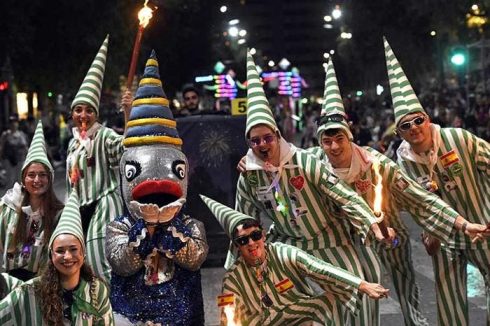WHENEVER iconic Spanish literature is mentioned, the first and sometimes only work that comes to mind abroad is that of Miguel de Cervantes.
And that’s no surprise as his famous tome Don Quijote de la Mancha is not only one of the best-selling books in history, it is after the Bible the second most translated book in the world.
But in reality there are other novels that are shorter, easier to read and with more exciting subject matters than the senile old gentleman who famously tilted at windmills.
- La Celestina, by Fernando de Rojas
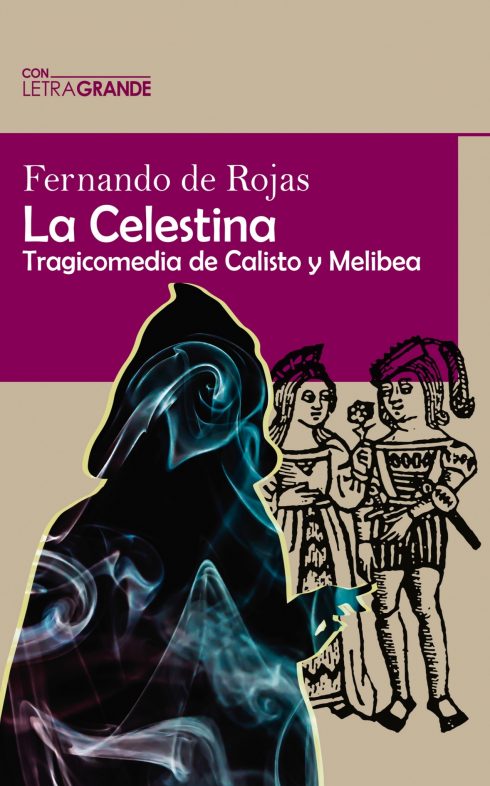
This tragicomedy novel starring Calisto and Melibea was published in 1499. The mad passion of Calisto for Melibea leads him to break all moral and social barriers and ally himself with a dubious madame, Celestina. A race then begins in which the characters selfishly seek their own benefit: Calisto to have Melibea and Celestina to get rich at the expense of his master.
- La Casa de Bernarda Alba, by Federico Garcia Lorca
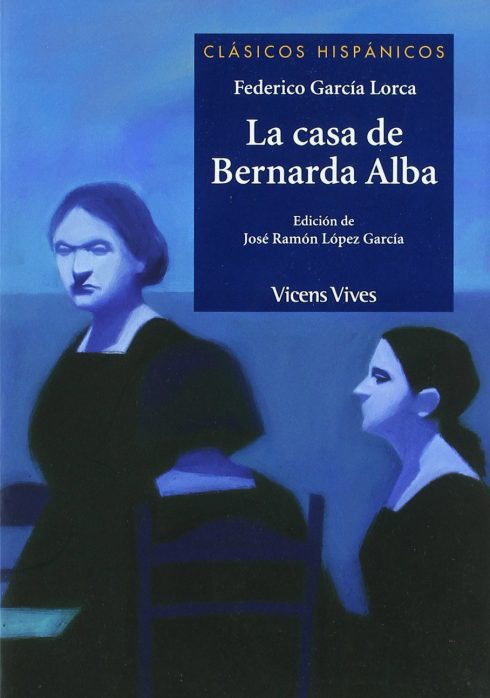
Few works of theatre define tragedy as aptly as the last play by the great Granada writer Garcia Lorca. After the death of her second husband, Bernarda, the mother of five daughters, goes into seclusion and imposes a rigorous and suffocating eight-year period of mourning on her grown-up girls. But a love affair that entangles the daughters who all hanker for the same man will change the lives of all of them. The play begins and ends with Bernarda saying the same word: Silence.
- Luces de Bohemia, by Ramon Maria del Valle Inclan
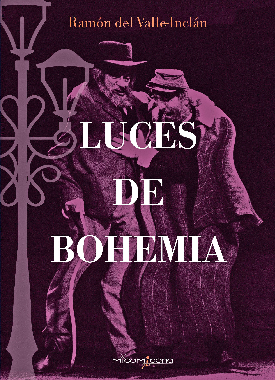
Also a tragicomedy, this Valle Inclan play is about literary life in Spanish society in the early part of the 20th century. It focuses on the nocturnal stroll through Madrid of a blind poet, Max Estrella, accompanied by his agent Don Latino. The story recounts the last hours of elderly Max’s life and visits countless spots in the capital and a cast of fictional and real people.
- El Lazarillo de Tormes, by an anonymous writer
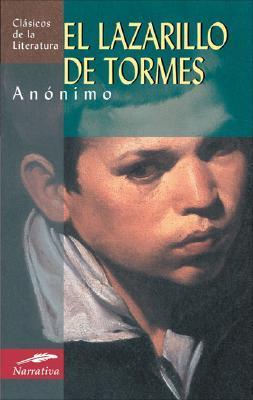
Written in 1554 by an unknown author, this is an adventure of a roguish, but appealing hero of low social class who lives by his wits in a corrupt society. Dickens, Mark Twain and Burroughs were all influenced by the novel that revolves around Lazaro, a naive boy who, struggles to get through all the adversities and complexities of life. In a nutshell, after his father dies, his mother puts him in the service of nine masters, all of whom represent a criticism of society.
- Don Juan Tenorio, by Jose Zorrilla
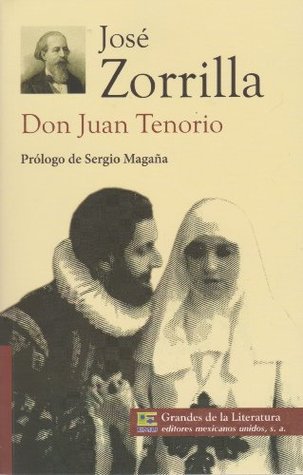
Tenorio is one of the most famous characters in Spanish theatre. The story takes place in Sevilla during the Golden Age. A year after making a bet to see who is more wicked and womanising, Don Juan Tenorio and Don Luis Mejia meet to recount their exploits, which end with Tenorio as the winner. But everything changes when, after a bet to seduce a nun, he falls madly in love with Doña Ines.
- Fortunata y Jacinta, by Benito Perez Galdos
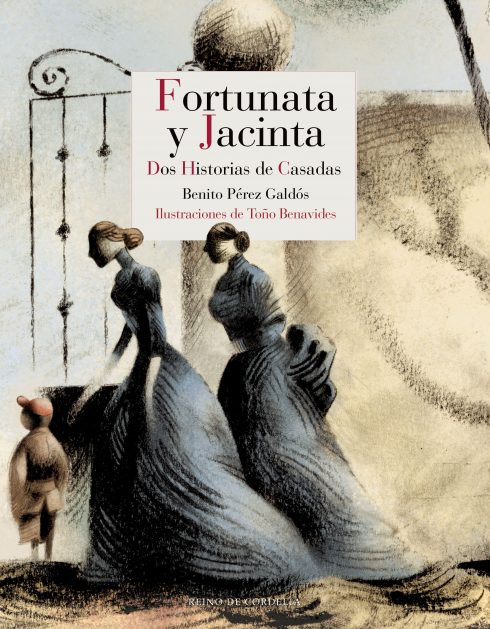
This realist novel reveals a writer committed to his times and a progressive Spain. The stormy love affair between Juanito and Fortunada, unable to overcome the difficulties that their different social status, takes place in the traditional atmosphere of the late 19th century. The book portrays the role of women in society, with the pair as its greatest exponents.
- Nada, by Carmen Laforet
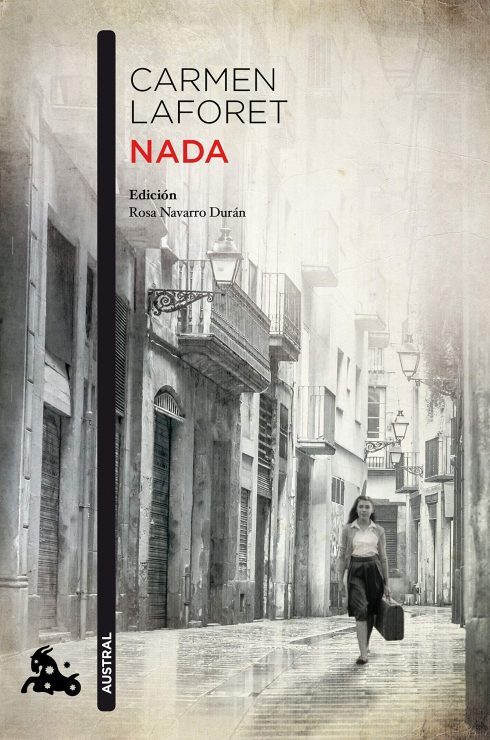
The oldest literary prize in Spain, the Nadal Prize, was awarded to this book in 1944 in its first edition. The title Nada (nothing) captures the essence of this novel: an existentialist work that captures the day to day life in post-war Barcelona: Sadness, poverty, desperation… A young Andrea arrives in Barcelona to study literature and sees her initial enthusiasm and innocence clash with the reality of the times.
- La vida es un sueño, by Pedro Calderon de la Barca
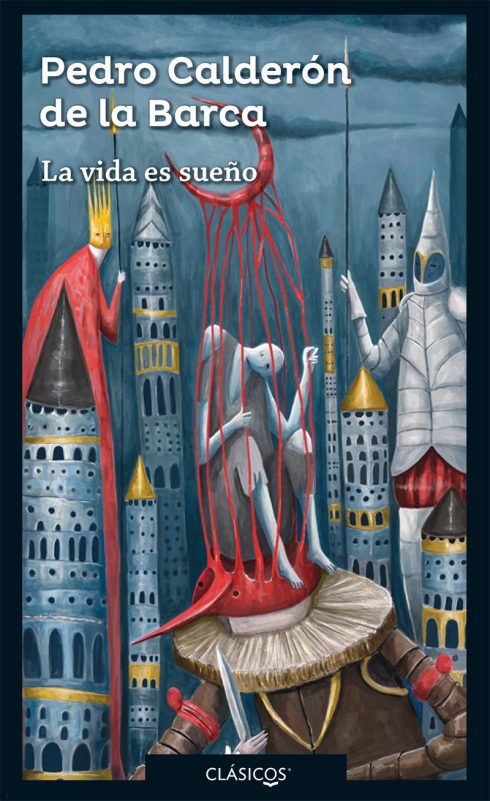
Written in 1635, the play has the main character questioning the meaning of life while in captivity. The drama revolves around the deprivation of Sigismundo’s freedom by his father, King Basilio of Poland, who imprisons him for fear that the predictions of a consulted oracle, according to which he would defeat and humiliate him, will come true.
- Fuenteovejuna, by Lope de Vega
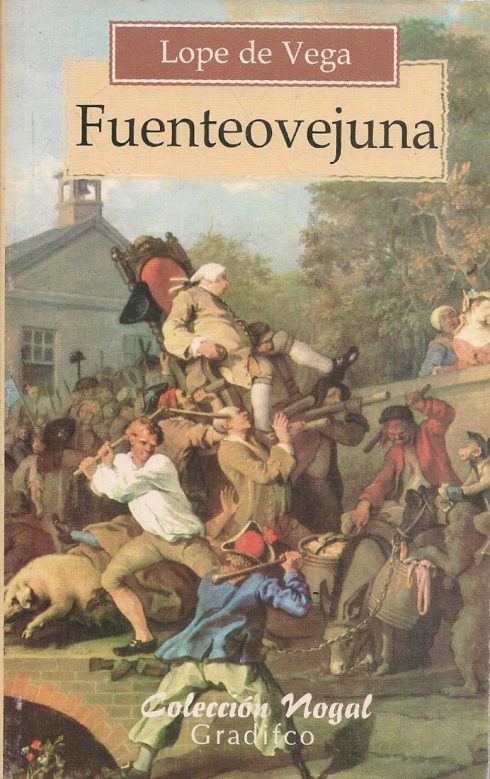
Lope de Vega’s play, written in verse and published in 1619, belongs to the Spanish Golden Age. Fuente Ovejuna is a small village under the rule of Fernan Gomez, a cruel and unscrupulous man who exploits his vassals. The people get fed up with his malice and decide to kill him, agreeing to all insist the killer ‘was Fuente Ovejuna’. It is considered a symbol of the unity of a whole people against feudal tyranny.
- El camino, by Miguel Delibes
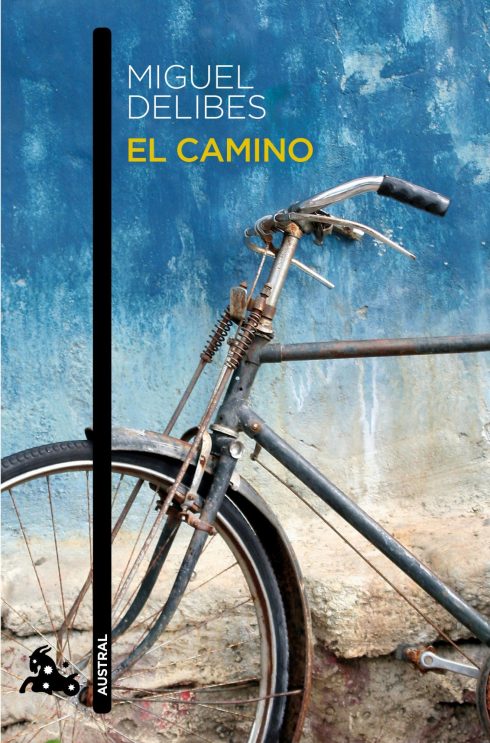
This is Delibes’s third novel, published in 1950 and set in post-war rural Spain. It tells the story of Daniel el Mochuelo who goes to the city to study travelling through the countryside with his friends Roque and German and reliving the adventures of simple village people.
- San Manuel Bueno, martir, by Miguel de Unamuno
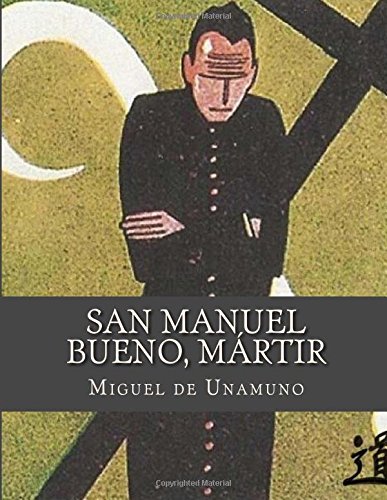
The novel revolves around the author’s great obsessions, immortality and faith, although they are presented with a new approach for him: the alternative between a tragic truth and an illusory happiness. When Angela Carballino writes the story of Don Manuel Bueno, a parish priest of his little village Valverde de Lucerna, multiple events show him to be a saint of flesh and blood. Everything changes when the parish priest confides to Angela’s brother Lazaro – of progressive and anticlerical ideas – his most intimate secret: he does not believe in faith or in God, but pretends to do so in order to maintain peace and belief in the afterlife among his faithful followers.
- Platero y yo, by Juan Ramon Jimenez
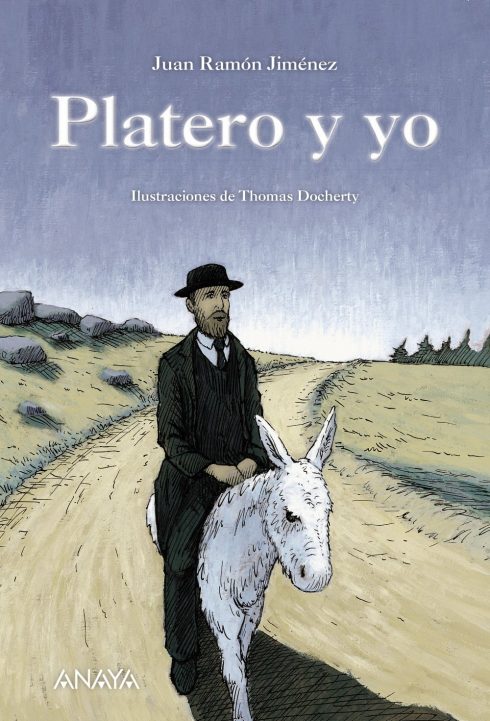
Published in 1914, the book represents the transition of the narrative of modernism and all subsequent currents. Platero is a much-loved donkey in the care of a young boy who treats him as his best friend. An incredible bond is created between the human and the donkey due to various reasons, among them the death of his relatives, which makes the boy not trust any human being.
READ MORE:
- 12 Spanish insults that will make you sound like a native
- 14 common Spanish proverbs that you can use everyday without offending anyone
- Nine quintessential Spanish proverbs with ancient origins to use to impress your friends








